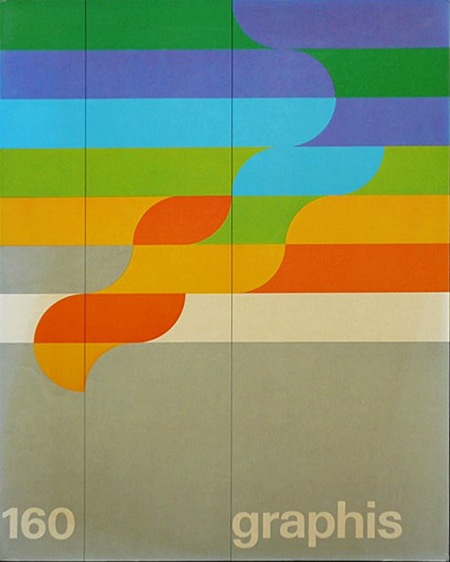"Otl Aicher (May 13, 1922 – September 1, 1991), also known as Otto Aicher, was a German graphic designer and typographer. He is best known for having designed pictograms for the 1972 Summer Olympics in Munich that proved influential on the use of stick figures for public signage, as well as designing the typeface Rotis. Aicher also co-founded the Ulm School of Design."
"In 1953, along with Inge Scholl and Max Bill, he founded the Ulm School of Design (Hochschule für Gestaltung Ulm), which became one of Germany's leading educational centres for design from its founding until its closure in 1968. Faculty and students included such notable designers as Tomás Maldonado and Peter Seitz.
Aicher was heavily involved in corporate branding and designed the logo for German airline Lufthansa in 1969."
"In 1966 Aicher was asked by the organisers of the 1972 Summer Olympics in Munich to become the Olympic Games' lead designer. He was asked to create a design for the Olympics that complemented the architecture of the newly built stadium in Munich designed by Günther Behnisch. Aicher consulted with Masaru Katsumie, who had designed the previous 1964 Tokyo Olympic Games.
Basing his work in part on iconography for the '64 Games, Aicher created a set of pictograms meant to provide a visual interpretation of the sport they featured so that athletes and visitors to the Olympic village and stadium could find their way around. He created pictograms using a series of grid systems and a specific bright colour palette that he chose for these Games. These designs were directly influential on the DOT pictograms, developed in 1974 by the United States Department of Transportation, which applied the same principles to standard public signage such as those for toilets and telephones; the DOT pictograms have in turn been used around the world.
Otl Aicher also helped to design the logo of the Munich Olympics. He went through several stages with his design team before finally finding the successful emblem. One of their first ideas was to use an element of the city's coat of arms orMünchner Kindl within the design which showed a monk or child pointing into the distance while clasping a book in his hand. Other ideas were to use the surrounding areas of the city, referencing the sun, mountains and landscape within the design. Finally the "Strahlenkranz" was created, a garland which represented the sun but also the five Olympic rings merged in a spiral shape. Designer Coordt Von Mannstein reworked Aicher's original design through a mathematical calculation to amalgamate the garland and spiral together to get the final design."
Information sourced from: http://en.wikipedia.org/wiki/Otl_Aicher




No comments:
Post a Comment